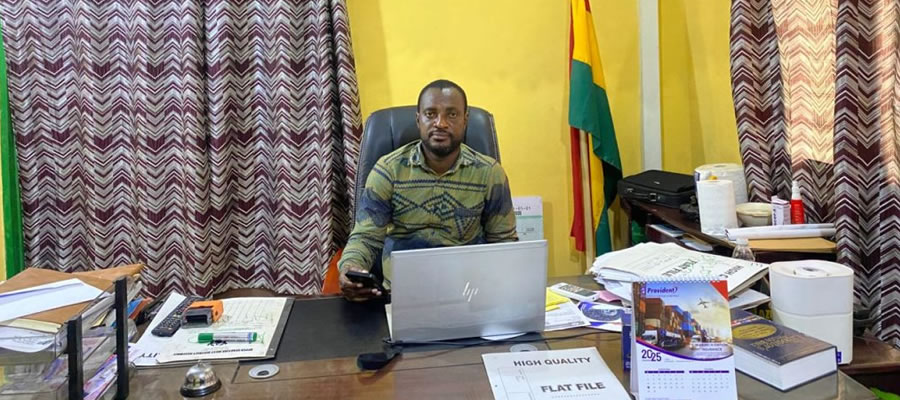

Relevant Data
Location and Size
The Municipality was established in 2007 by the Legislative Instrument (LI 1877) from the then Upper Denkyira District and inaugurated in February 2008. It lies within latitudes 5° 30’ and 6° 02’ north of the equator and longitudes 1° W and 2° W of the Greenwich Meridian. It shares common boundaries with Adansi South in the North, Assin North Municipality in the East, Atti-Morkwa District in the West and Upper Denkyira West District in the North-West.
The Upper Denkyira East Municipality covers a total land area of 501.9 square kilometers, which is about 17 percent of the total land area of the Central Region. The Administrative Capital is Dunkwa-On-Offin. (Upper Denkyira East, Annual Progress Report For 2012)
Relief and Drainage
The area falls under a forest-dissected plateau, rising to about 250m above sea level. There are pockets of steep sided hills alternating with flat-bottomed valleys. Dunkwa, the Municipal Capital, has series of high lands circling it. The major river in the area is the River Offin. Rivers Offin and Pra have a number of streams as tributaries which flow through the municipality. The Municipality falls within the semi equatorial zone.
Climate
The mean annual temperature is 29ºC in the hottest months and about 24ºC in the coolest months. There are two rainfall seasons with total annual mean rainfall between 120cm and 200cm. The first rainy season is from May to June with the heaviest in June, while the second rainy season is from September to Mid-November. The main dry season is from late November to February.
Vegetation
The Upper Denkyira East Municipal falls within the semi-deciduous forest zone. It consists of three layers which do not differ much from the rain forest. The trees in this forest zone do not shed all their leaves at the same time and are also not of the same species. Trees of the lower layer and some of the topmost layers stay evergreen throughout the year.
This is due to the generally moist condition of the area. Due to increasing cocoa and mining activities in the area, especially in the northern part of the Municipality, very little of the original forest is available and most of what is left are secondary forests. The forest contains various valuable timber species such as Mahogany and Wawa.
Date Created : 11/30/2017 8:21:04 AM










 facebook
facebook
 twitter
twitter
 Youtube
Youtube
 +233 593 831 280
+233 593 831 280 0800 430 430
0800 430 430 GPS: GE-231-4383
GPS: GE-231-4383 info@ghanadistricts.com
info@ghanadistricts.com Box GP1044, Accra, Ghana
Box GP1044, Accra, Ghana